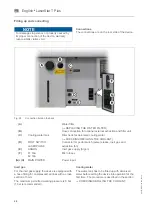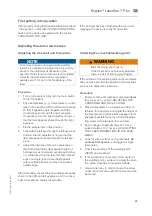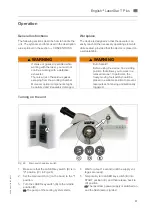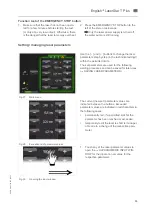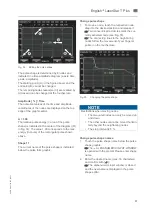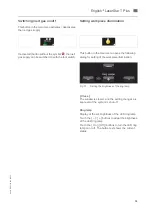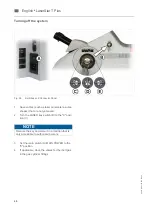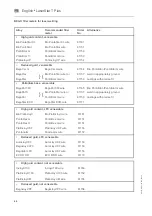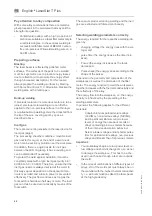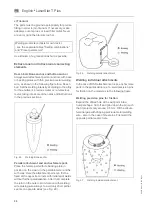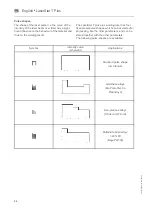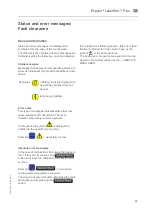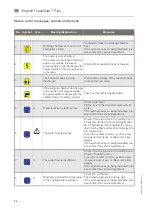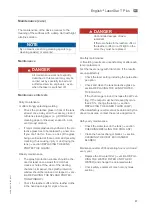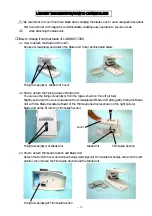
42
860
76
D
B
-en/
03
35
5.0
00
32
English
⋅
LaserStar T Plus
en
Dental instructions
Basic instructions
Planning the joint
The aim of every welding operation must be to join
the workpieces together such that they can
withstand the expected stress on a long-term basis.
"Circular deep penetration welding" has proven
effective in accomplishing this, especially in the
case of larger cross-sections. In this process the
workpieces are not welded together completely into
their inside, but circumferentially along their
connecting seam and as deep as possible (approx.
1 mm deep). To ensure that this joint is durable,
however, work must be carried out very meticu-
lously:
•
The connecting seam of the workpieces must
be expanded somewhat (bevelling of the
edges) in order to gain some depth for the
seam.
•
The workpieces must be welded at every point
of their joint, i.e. completely "all around".
•
The spot welds must overlap sufficiently
(approx. 80%).
Joints can also be welded "through and through",
i.e. into the inside, which, however, can only be
achieved with careful preparation of the weld right
from the wax-up stage or by grinding to form a V-
shaped extended joint or a double-V butt joint
through the use of wire as filler metal (see Fig. 41).
This applies in particular to smaller cross-sections,
such as clasps, bars and sublingual bars.
In cases where there is no room for preparation of a
seam by grinding to form a V butt joint and the
expected forces permit this, butt joints can be
welded on one side (notch type joint), such as in the
case of welding on an attachment backing plate
(extracoronal).
Larger distances should initially be bridged by
means of fit-in pieces of the same material. In this
way one reduces the necessary pulses to fill the gap
and avoids or reduces distortion.
The design of the denture must therefore be
planned in advance and modelled in wax appro-
priately. As a result, defects due to incorrect
selection of material, incorrect welding wire and
joints that are difficult to access are avoided.
Planning must also take into account the later
mechanical stress on the joint.

